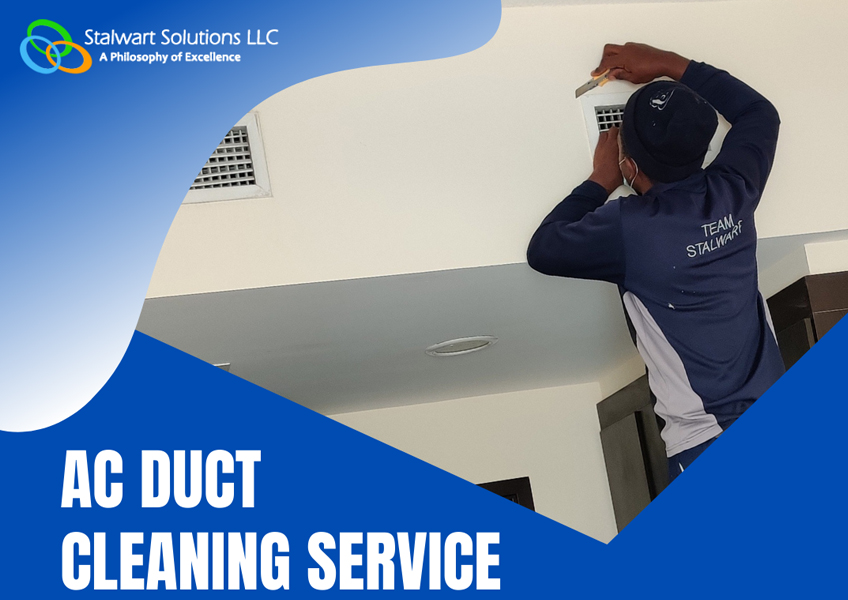15
Dec
Dirty Air Ducts Can Pose Serious Health Risks!
Regular maintenance and cleaning are crucial to ensure clean, healthy indoor air.
AC duct cleaning and disinfection are essential maintenance procedures for heating, ventilation, and air conditioning (HVAC) systems in both residential and commercial buildings. These processes help improve indoor air quality, enhance system efficiency, and maintain a healthy living or working environment. Here's an overview of AC duct cleaning and disinfection:
AC Duct Cleaning: AC duct cleaning involves the removal of dust, debris, mold, and other contaminants from the ductwork and HVAC system components. This process typically includes:
Inspection: An initial inspection of the ductwork to assess the extent of contamination and identify any potential issues.
Dust and Debris Removal: The cleaning team uses specialized equipment such as vacuum cleaners, brushes, and compressed air to dislodge and remove dust, dirt, and debris from the ducts.
Mold and Mildew Removal: If mold or mildew is present, it is carefully removed using appropriate cleaning agents and techniques.
Sanitization: After cleaning, the ducts may be sanitized using antimicrobial or disinfectant agents to kill any remaining bacteria or mold spores.
Filter Replacement: It's common to replace air filters during duct cleaning to ensure better indoor air quality.
Sealing: Ducts may be sealed to prevent future contamination and air leaks.
AC Duct Disinfection:
Duct disinfection is a critical step to ensure that the cleaned ductwork is free from harmful microorganisms, such as bacteria, viruses, and fungi. Common methods of disinfection include:
Chemical Disinfection: This involves the application of disinfectant agents (like biocides or antimicrobial coatings) to the interior surfaces of the ductwork. The chosen disinfectant should be appropriate for HVAC systems and effectively kill microorganisms without causing harm to occupants.
Ultraviolet (UV) Germicidal Lights: UV-C lights can be installed in the ductwork to kill microorganisms by disrupting their DNA. This method is particularly effective for continuous disinfection.
Ozone Treatment: Ozone generators can be used to produce ozone gas, which can kill microorganisms. However, ozone should be used with caution as it can be harmful to humans and pets.
Electrostatic Precipitators: These devices use an electric charge to remove particles and microorganisms from the air as it passes through the ducts.
Benefits of AC Duct Cleaning and Disinfection:
Improved Indoor Air Quality (IAQ): Cleaner and disinfected ducts contribute to healthier indoor air, reducing allergies and respiratory problems.
Energy Efficiency: A clean and well-maintained HVAC system operates more efficiently, potentially lowering energy bills.
Extending Equipment Life: Regular maintenance, including duct cleaning, can extend the lifespan of HVAC equipment.
Reduced Odors: Cleaning and disinfection can help eliminate musty or moldy odors.
Frequency of Maintenance:
The frequency of AC duct cleaning and disinfection depends on several factors, including location, usage, and the presence of contaminants. Typically, it's recommended every 3 to 5 years for residential systems and more frequently for commercial buildings.

















